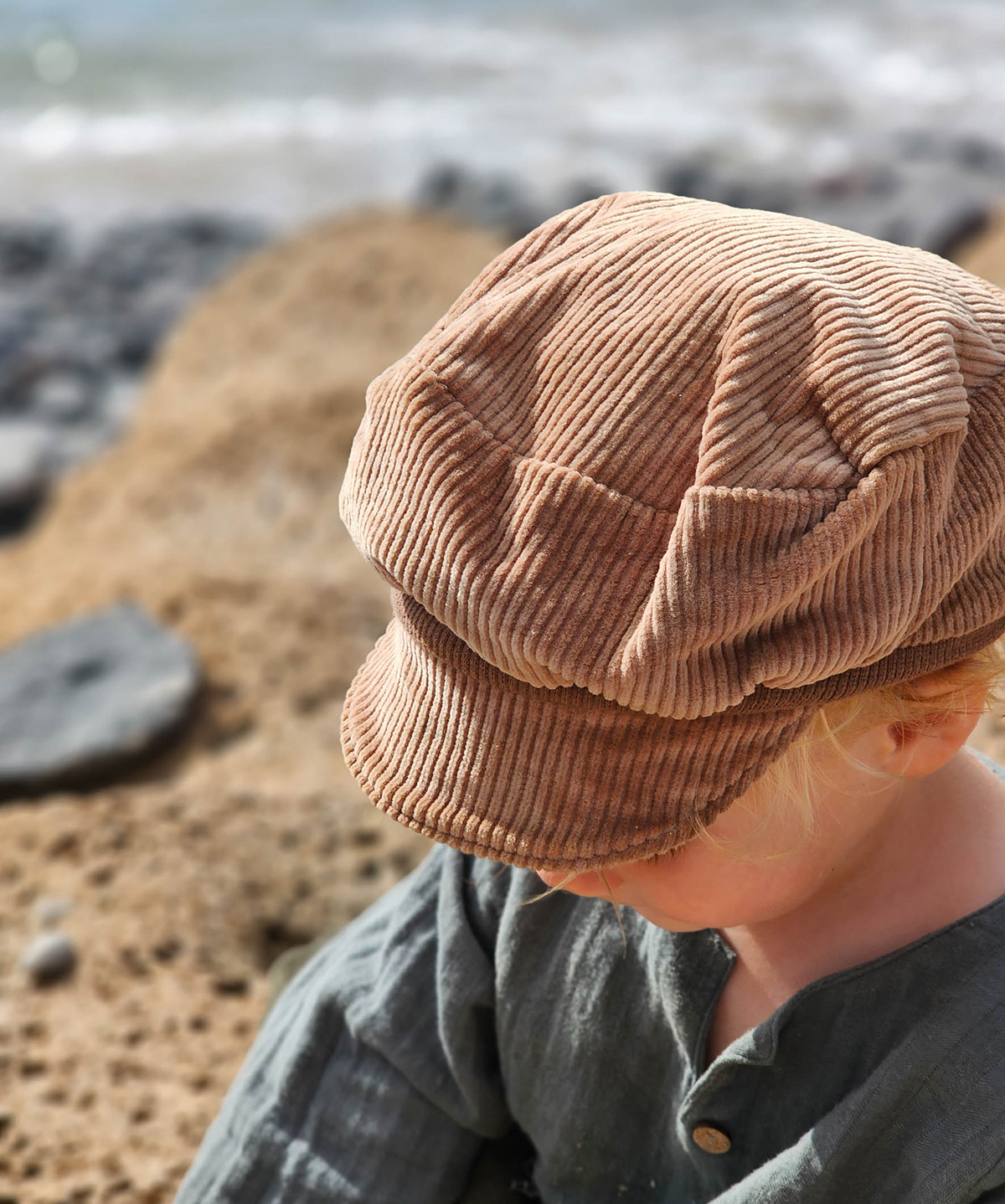Top Swiss Watch Brands – Quality and Resilience
TEXT: CORNELIA BRELOWSKI I PHOTOS: SEE CAPTIONS
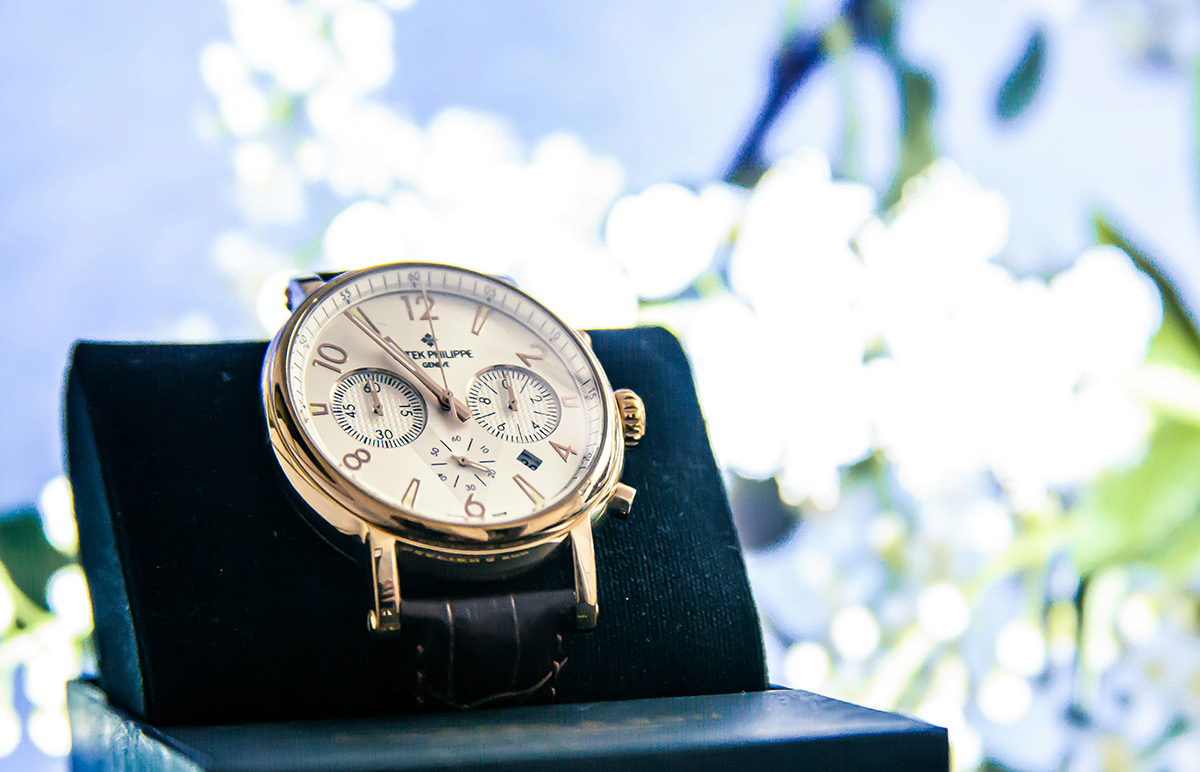
Photo: Chris Lutke, Unsplash
There is a powerful scene in Sofia Coppola’s masterful psychogram ‘The Bling Ring’, when the inexperienced young teen burglars sell a set of watches stolen from Orlando Bloom’s LA villa to a sleazy dealer from the criminal underbelly of the glitziest city of the US.
It is the first moment in the film when it sinks into the naive minds of the fashion-loving teenagers, that they have officially entered a road of no return. Mr. Bloom meanwhile got five of his precious collector’s items back in a courageous solo mission to the valley, which is a full story in itself – and we will get back to that. However, the fact that it isn’t shoes, fashion or jewellery which gets the young criminals into real trouble but watches instead, tells us all we need to know about the value of certain watches as collector’s items, which in a lot of cases carry one iconic label: ‘Swiss Made’.
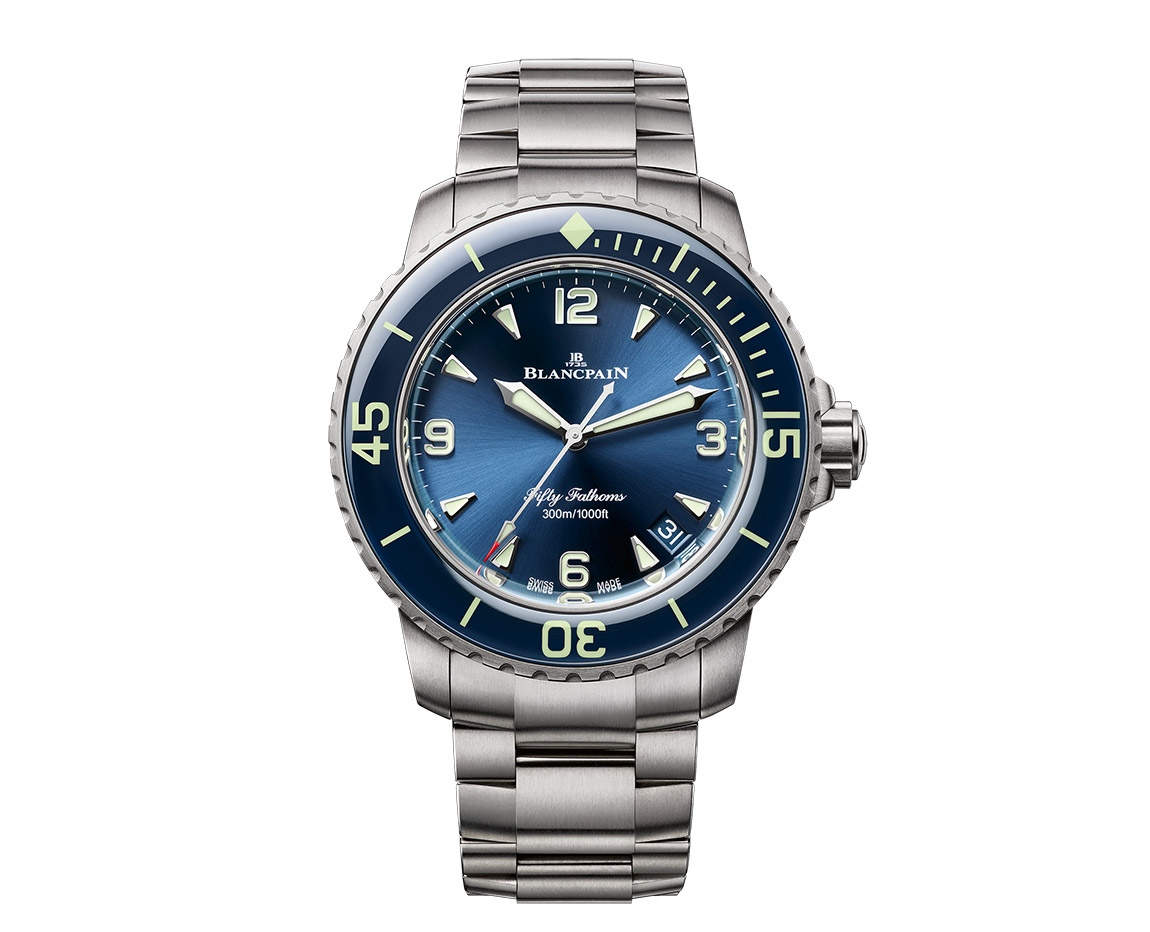
Photo: Blancpain
Objects of desire – the history behind the myth
Swiss watches have been on the international market since the Renaissance era. At the beginning of the 16th century, Swiss watchmakers were already known as the best of their trade, especially in and around Geneva. Fashion was at the time influenced by the strictly ascetic decrees of John Calvin, the most influential reformer after Martin Luther. However, the citizens of Geneva had their own minds concerning fashion, and while following the suggested plain and austere aesthetics in their clothing, they found subtle luxury in a formerly strictly functional tool. Made jobless by Calvinist orders, local jewellers smartly discovered a whole new market by becoming watch sellers instead, and thus, the Swiss watch was reborn as a renaissance accessory. From then on until today, a watch can be a chronometer, ornate accessory and secure investment at the same time, especially through carrying the Swiss Made label.
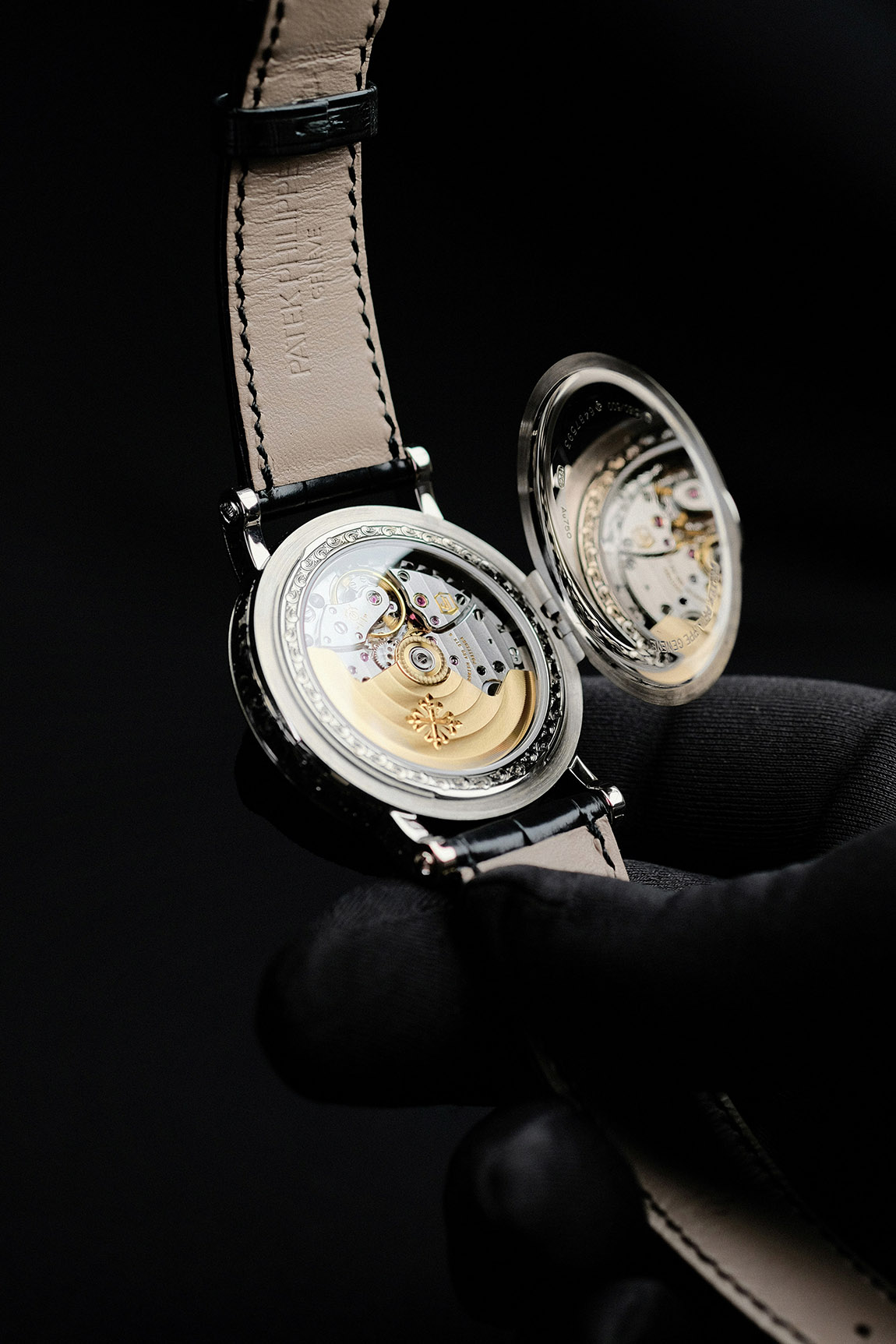
Photo: Kent Lam, Unsplash
Top Swiss watch brands – the mechanical factor
The Geneva region was soon overcrowded with local manufacturers, which is why part of them eventually moved away and settled in the Jura canton. In the late 1700s, Swiss clocks and watches were already sold internationally by the tens of thousands. Both regions continued developing their models and the Jura canton won the race when in 1770, the first mechanical pocket watch with manual winding was invented by Louis-Abraham Perrelet in the town of Le Locle. Known as the vibration clock, which rewinds itself through the sheer movement of its wearer, it was just the first of many coming innovations that have made Swiss brands not only pioneers but also market leaders in their field. Indestructible and resilient, the Swiss watch still seems to carry a specific, immortal charm, which has carried the industry through many a rough stretch until today: Even the ‘Quartz Crisis’ of the 70s and the dawn of the digital age have not managed to render the ageless accessory obsolete.
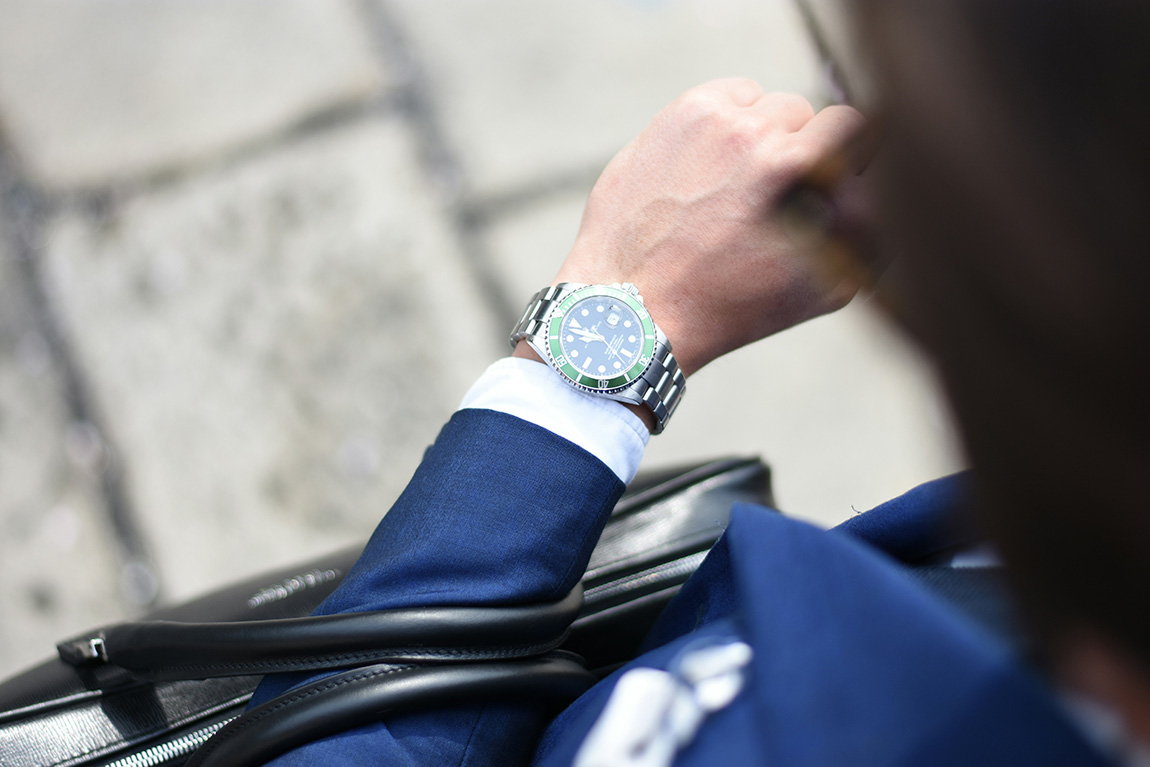
Photo: Andrea Natali, Unsplash
Top Swiss watch brands – the label factor
From fashion kick to investment item, tradition and precision have made the ‘Swiss Made’ label an equivalent of the highest quality, hands down. Even though some components may stem from abroad, the assembly as well as the final test and approval need to take place on Swiss soil. The ‘Genève’ label has even stricter requirements: It protects products from the Geneva region, which until today stands for the cradle of the Swiss watchmaking trade. The ‘Poinçon de Genève’ dates back to 1886, is granted by ‘TimeLab’ and takes eighteen days of testing and eleven quality criteria to fulfil. Needless to say, the entire watch must be assembled and regulated in the Geneva region. Current qualified Genève brands are Cartier, Chopard, Vacheron Constantin and Roger Dubuis.
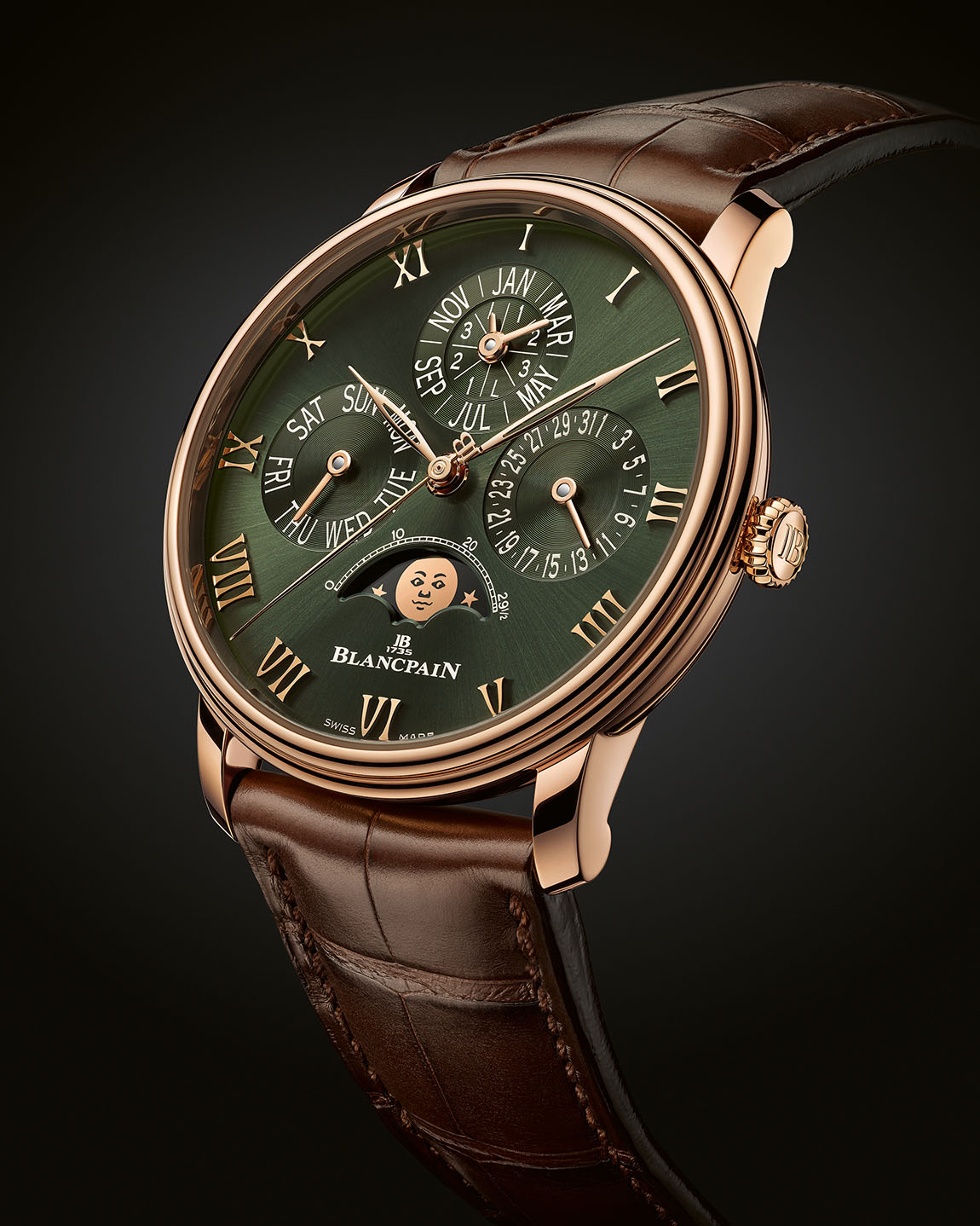
Photo: Blancpain
Top Swiss watch brands – collector’s items
What makes your watch an investment? It is a simple equation and true to most collectors’ markets: rarity. Look for limited editions of renowned brands and crosscheck the current value of older or even antiquated models. As with jewels, the price of certain desirable editions will go only one way in the future: upwards. Due to this fact, it also makes sense to look for new models by desired brands which are offered as strictly limited editions.
Once you have purchased the desired item, you want to make sure to keep it safe from outside influences, and that does not refer to burglars only. For collector’s items there is one rule: Keep them in a dry, safe place without exposing them to extreme temperature changes, to avoid corrosion and the tearing or fading of wristbands. The original combination of wristband and watch always ensures a higher collector’s value.
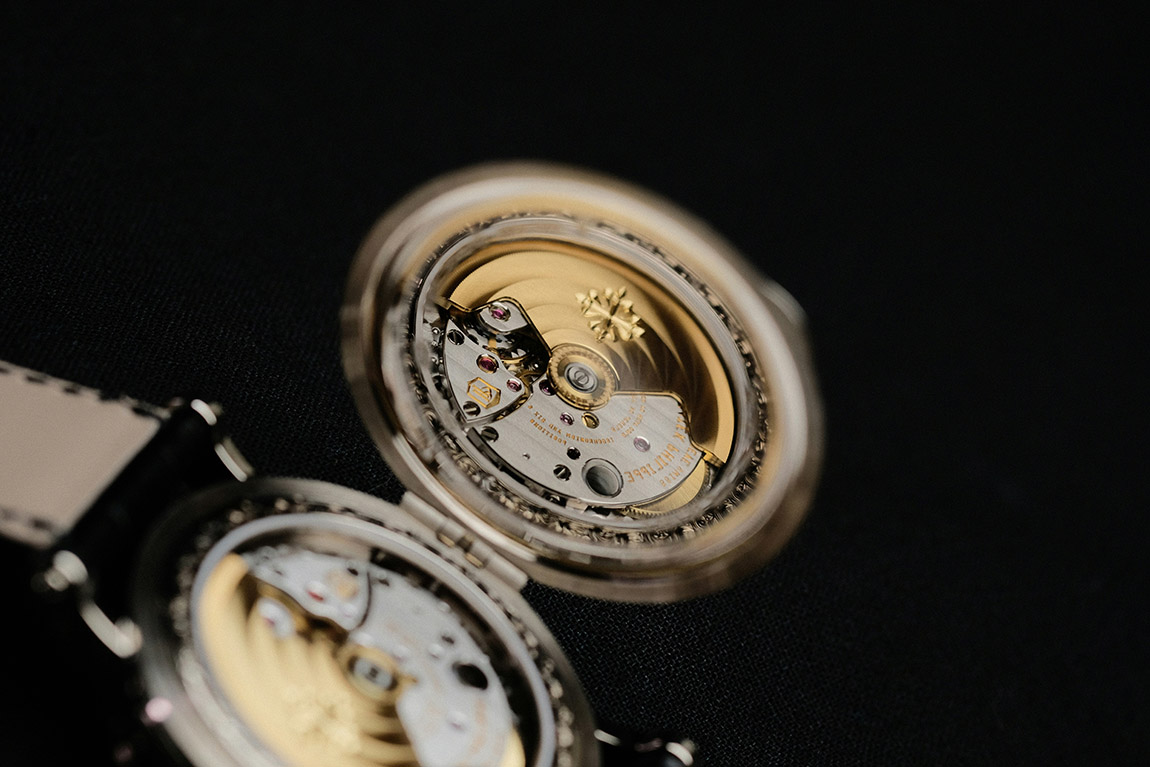
Photo: Kent Lam
Ocean commitment
When it comes to beautiful Swiss watchmaking, you can’t omit luxury Swiss watch manufacturer Blancpain. Headquartered in Paudex/Le Brassus, the brand designs, manufactures, distributes and sells gorgeous, timeless pieces and specialised dive watches that are well-known in the ocean community and beyond. Having launched the world’s first modern diving watch, the Fifty Fathoms, in 1953, Blancpain has longstanding links with the ocean. The Fifty Fathoms was a milestone moment in Blancpain’s 300-year history and marked the starting point of their collaboration with the ocean community, culminating in the support for numerous ocean conservation initiatives.
Making a difference – brands and philanthropy
Scanning through 70 top Swiss watch brands can be mind-numbing, however both the producer’s and the buyer’s intentions may play a role in decision-making. As a consumer or collector, some prefer to check which brands are still independent instead of having been swallowed by a group. Breitling, Patek Philippe, Vacheron Constantin, and Audemars Piguet for example are still independent watchmakers. Other buyers may also care if a brand is purely profit-oriented or leaning towards philanthropic or environmental values, to help with some of the pressing burdens of our times.
Rolex stands for luxury items and thus annually makes a gigantic profit. What might surprise some to hear is that the brand’s stocks and all of its revenue are owned by the Hans Wilsdorf Foundation, which has the sole purpose of protecting not only the brand itself but also the legacy and values of the Rolex founder, spanning across art, science, education and charity. Annually, the foundation donates tens to hundreds of millions to selected charitable projects. The late, childless founder simply took the freedom to make his entire heritage and all profits available to those in need, for as long as the brand prevails.
Other brands create limited series which serve a charitable purpose, namely that of protecting the planet: Oris for example is one of the independent Swiss watchmaker brands which has always made a case for the environment, especially the oceans. The ‘Dat Watt’ limited edition from 2009 is a waterproof, stylish gem from the Aquis series with a dial in a subtle green hue. It was created to help save the Wadden Sea and declare it a UNESCO World Heritage
site – which it finally became.
This takes us back to actor Orlando Bloom, himself a backer of at least 21 charities and UNICEF Goodwill Ambassador, who famously tracked down his own watches stolen by The Bling Ring, years after the robbery. After having obtained the necessary information, he fitted himself with a recording device to face a dodgy shop in the valley. After the initial shock of recognition, the owner presented him with five watches out of his beloved collection of ten: proof of a genuine and pretty courageous watch lover, who takes matters into his own, well-decorated hands.
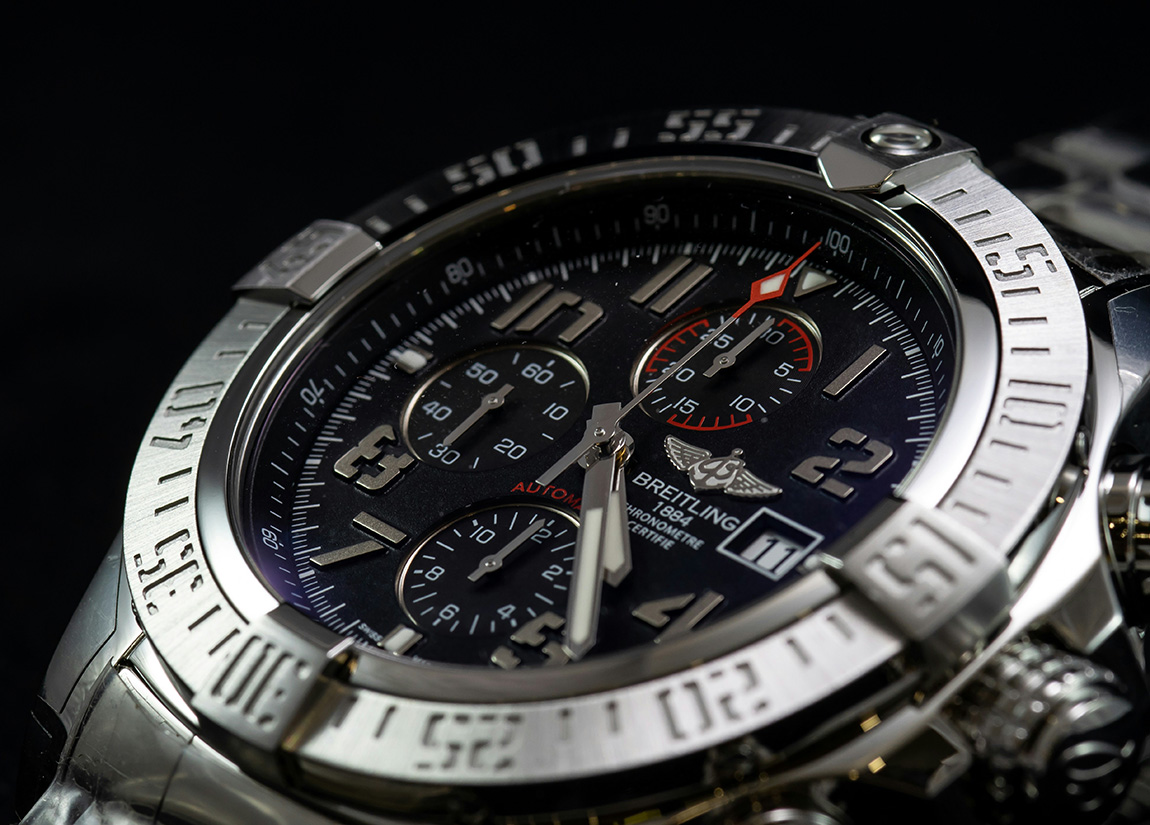
Photo: Bence Balla Schottner, Unsplash
Subscribe to Our Newsletter
Receive our monthly newsletter by email
